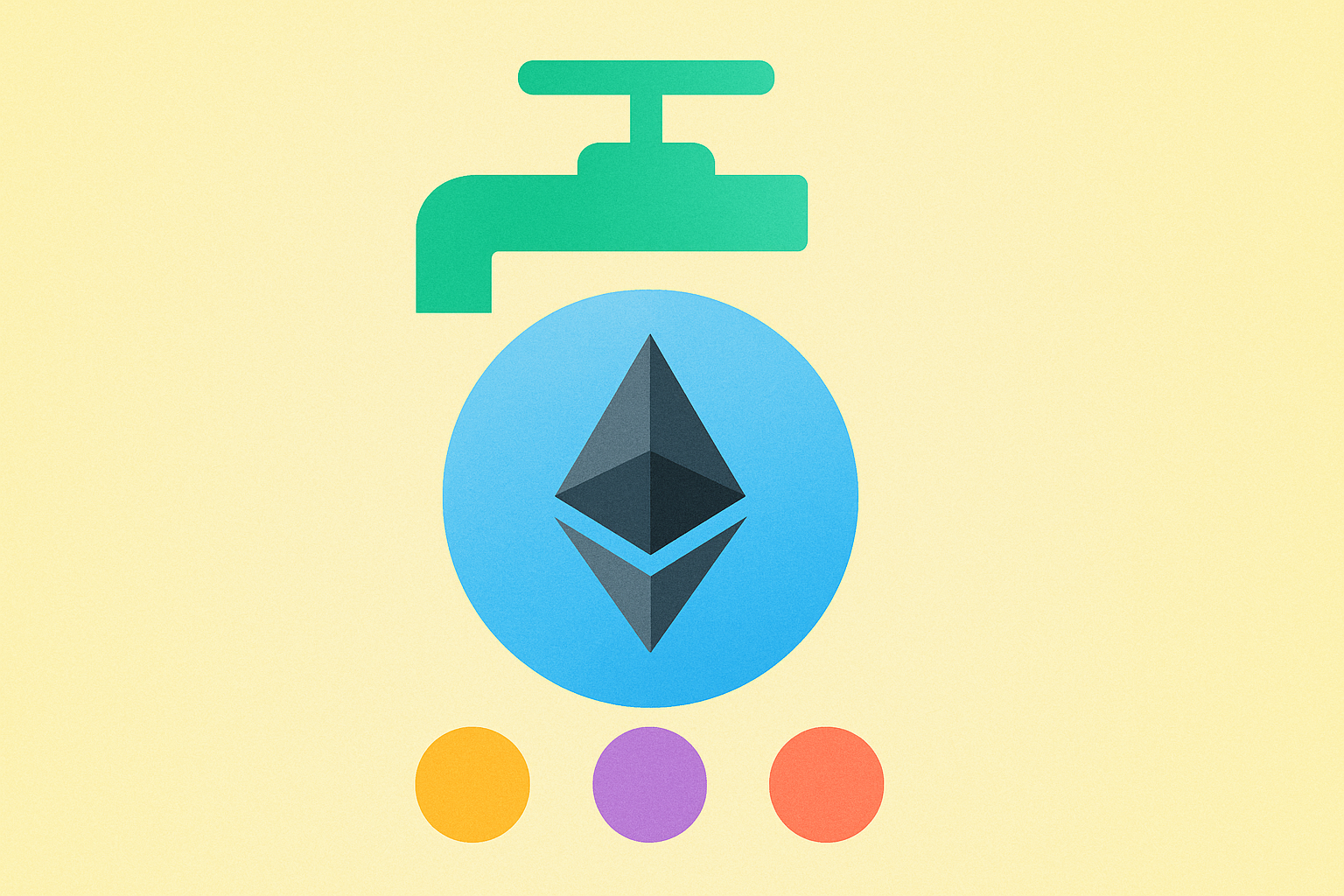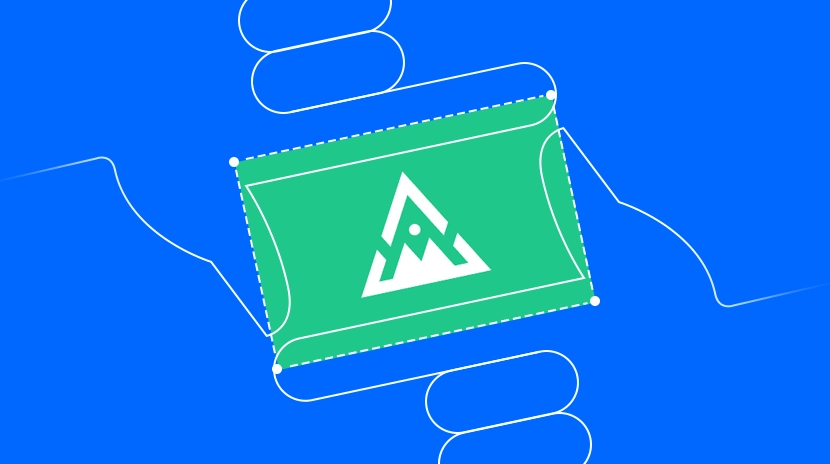daico

DAICO is an innovative funding model proposed by Ethereum co-founder Vitalik Buterin in 2018, standing for "Decentralized Autonomous Initial Coin Offering." It combines the traditional ICO model with characteristics of a DAO (Decentralized Autonomous Organization), aiming to enhance accountability and transparency in token issuance projects through smart contracts and token holder voting mechanisms. In the DAICO model, investors not only participate in initial funding but also continuously control the rate at which project teams can access funds, and even vote to refund remaining capital in cases of project failure or fraud. This mechanism largely addresses the issue in the ICO model where project teams lack accountability constraints after raising substantial funds.
Work Mechanism: How does DAICO work?
DAICO operates on the foundation of smart contracts and includes two core mechanisms:
-
Tap Mechanism:
- Project teams cannot access all funds at once, but receive them through a preset "tap" that releases funds periodically
- The fund release rate is determined by token holders through voting, which can be increased or decreased
- This ensures that project teams can only obtain funds gradually according to development progress, rather than all at once
-
Resolution Voting Mechanism:
- Token holders can initiate and participate in votes, influencing key project decisions
- The most extreme type of vote is the "self-destruct resolution," which, if passed, returns remaining funds to investors
- Voting weight is typically proportional to the number of tokens held, ensuring larger stakeholders have greater decision-making power
This mechanism is executed through code without third-party regulation, maintaining the funding efficiency of ICOs while adding the governance advantages of DAOs.
What are the key features of DAICO?
-
Risk Control Mechanism:
- Investors have a "right of regret," allowing them to recover remaining funds if the project performs poorly
- Phased fund release limits the possibility of project teams misappropriating funds or absconding
- Project progress is directly linked to fund acquisition, incentivizing development teams to deliver according to plan
-
Governance Participation:
- Token holders transform from passive investors to project governance participants
- Voting mechanisms make project decisions more democratic and transparent
- Communities can adjust fund release rates based on project progress, optimizing resource allocation
-
Technical Implementation:
- Based on Ethereum or other blockchain platforms supporting smart contracts
- Tap mechanism typically designed to release a fixed amount of funds per second/minute/hour
- Voting systems need to set minimum participation and approval thresholds to prevent manipulation by a minority
-
Application Limitations:
- High implementation complexity, requiring careful design of voting rules and fund release algorithms
- Governance participation requires investors to have certain professional knowledge, potentially leading to insufficient participation
- Not yet widely adopted, with relatively few actual cases
Future Outlook: What's next for DAICO?
As the blockchain industry increases its requirements for safety and transparency in funding models, the DAICO model shows enormous potential. Future development may follow several directions:
First, DAICOs may further integrate with legal frameworks, maintaining their decentralized characteristics while meeting compliance requirements. Clearer regulatory attitudes from various countries will provide a more defined development path for DAICOs.
Second, the technical implementation of DAICOs will become more mature and user-friendly. Simplified voting interfaces, more flexible fund release models, and integration with decentralized identity systems will all help lower usage barriers and increase participation.
Finally, with the development of the DAO ecosystem, DAICOs may become the standard model for launching decentralized organizations. They are not only applicable to blockchain projects but may also extend to traditional entrepreneurship, providing safer and more transparent funding options for various innovative projects.
Although DAICOs have not yet become mainstream, they represent an important development direction for cryptocurrency funding models, returning decentralized governance and fund control to communities, and providing a viable solution for building a healthier blockchain funding ecosystem.
DAICO combines the efficient fundraising of ICOs with the governance advantages of DAOs, offering an innovative solution to trust and regulatory issues in cryptocurrency project funding. Through smart contract-implemented fund control mechanisms and voting systems, it protects investor interests while preserving development space for entrepreneurial teams. Despite low current adoption rates, as blockchain governance models mature and regulatory environments clarify, DAICOs may become an important choice for future project funding. Their core value lies in truly applying the blockchain principles of decentralization, transparency, and community governance to the entire process of project financing and operation.
Share
Related Articles

In-depth Explanation of Yala: Building a Modular DeFi Yield Aggregator with $YU Stablecoin as a Medium

Sui: How are users leveraging its speed, security, & scalability?
